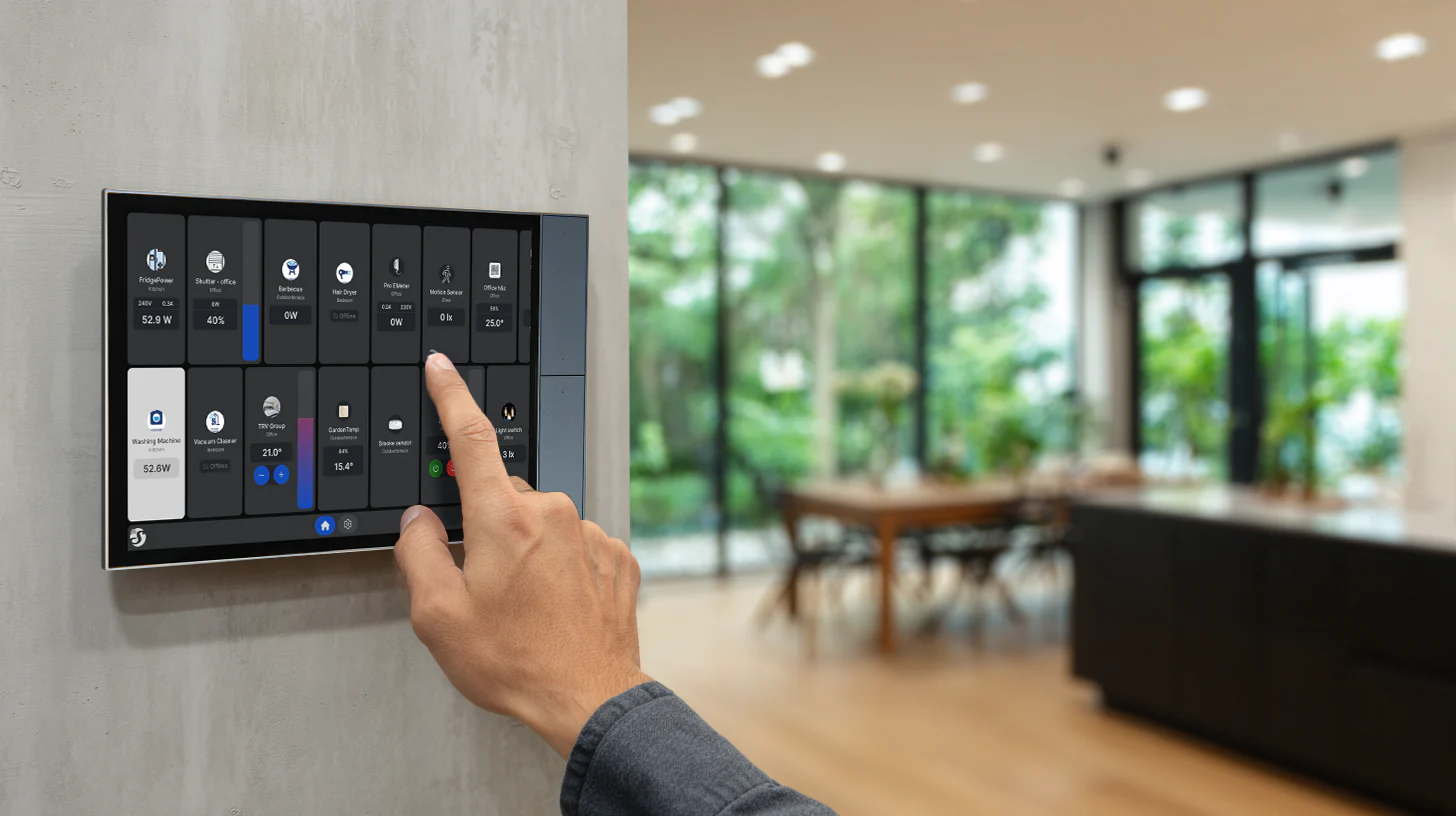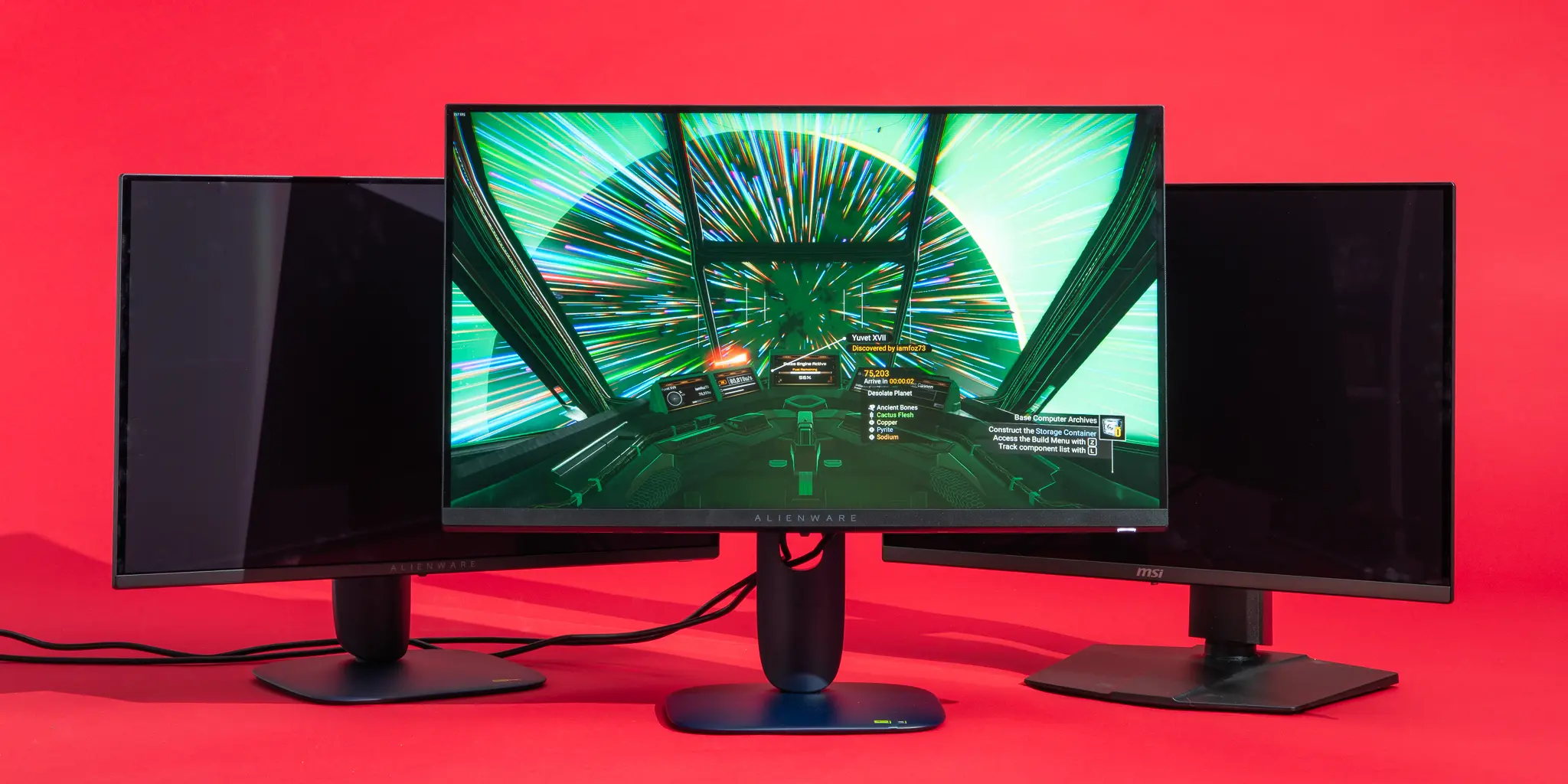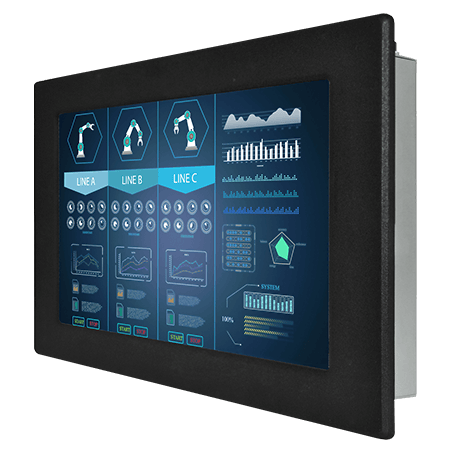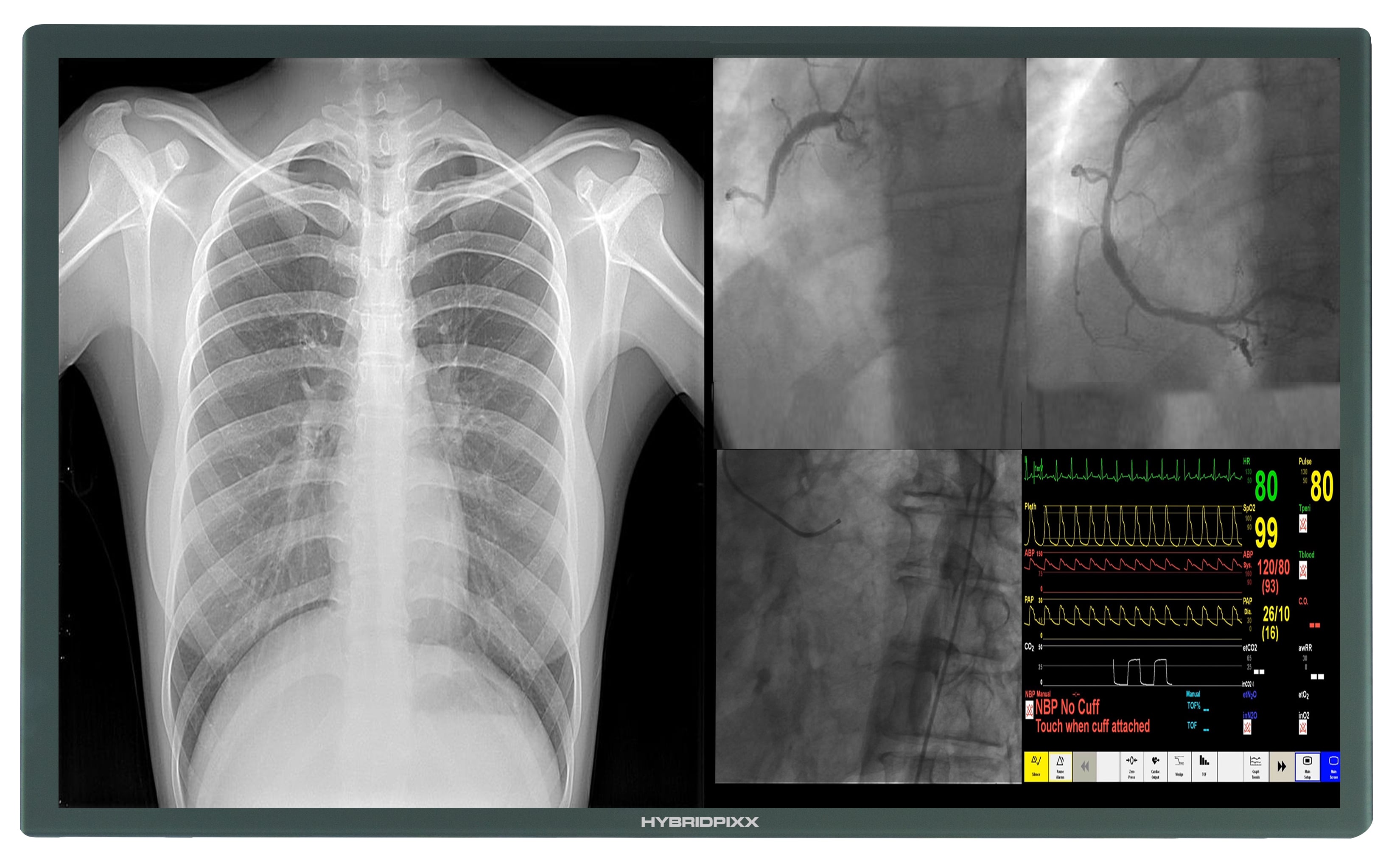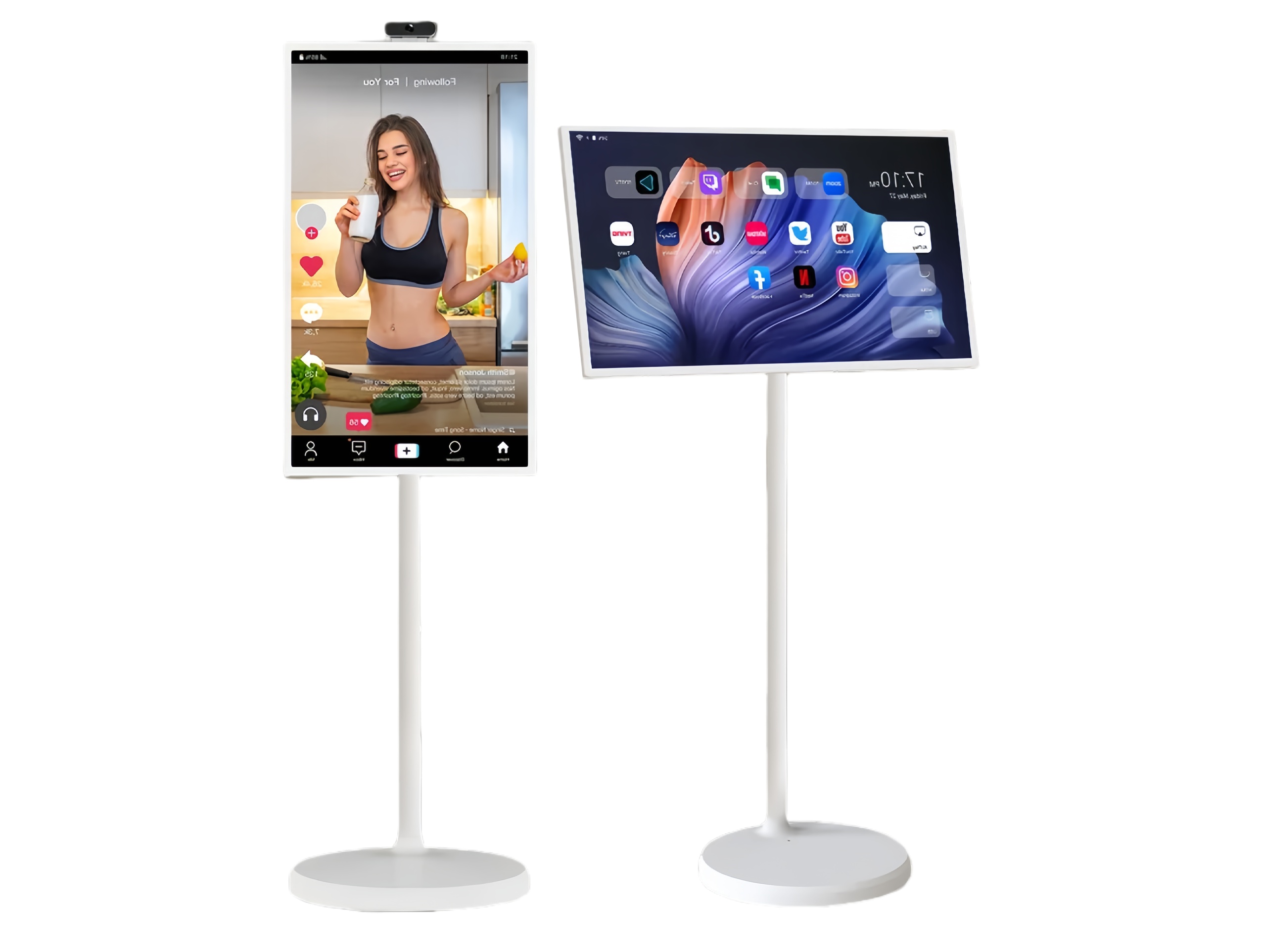Every groundbreaking product starts with an idea. But how do you turn that concept into a market-ready reality? The journey to a high-quality, mass-produced product relies on a transparent and collaborative NPI (New Product Introduction) process. Many partners wonder, "How to customize a touch screen?" The answer is a structured partnership. At Xingyue Technology, our refined OEM/ODM process is a clear blueprint for success, turning your vision for Custom Touch Screen Modules into high-performance products. Ready to bring your vision to life? Submit your project concept today.
Our 4-Phase New Product Introduction (NPI) Process at a Glance
Phase 1: Requirement & Feasibility Analysis
Initial Consultation
Technical Feasibility Study
Finalizing Specifications ↓ (Project Scope Confirmed)
Phase 2: Engineering & Custom Design
Structural & Mechanical Design (CAD)
Electronic & FPC Design
Material & Component Selection ↓ (Blueprint Created)
Phase 3: Prototyping & Validation
Rapid Prototyping & Sample Production
Design Verification Testing (DVT)
Client Feedback & Revisions ↓ (Golden Sample Approved)
Phase 4: Mass Production & Quality Control
Production Tooling & Setup
Comprehensive QC (IQC, IPQC, OQC)
Logistics & Delivery
Understanding Your Options: OEM vs. ODM Display Solutions
Before we dive in, let's clarify the two primary collaboration models. Choosing the right path for your custom touch display depends on your resources, timeline, and product uniqueness. This decision is the first step toward your ideal ODM display solution or OEM touch screen.
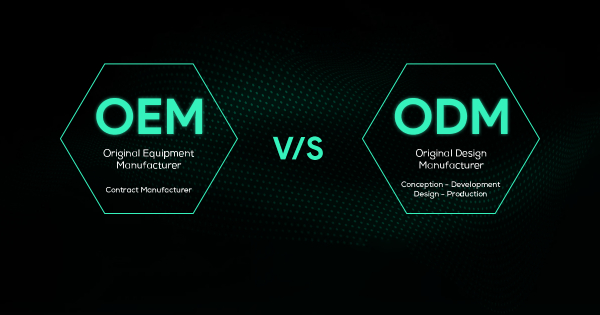
OEM vs. ODM: Which Partnership Model is Right for You?
| Feature / Question | OEM (Original Equipment Manufacturer) | ODM (Original Design Manufacturer) |
|---|---|---|
| Who owns the design? | You (The Client). You provide a complete, ready-to-manufacture design. | We (Xingyue) or Shared. We modify our existing designs or create a new one based on your requirements. |
| Who owns the IP? | You (The Client). The intellectual property is 100% yours. | We (Xingyue) or Licensed. The IP of the base platform is ours; you may own the IP of custom modifications. |
| What is the typical time-to-market? | Longer. Requires a full custom design, prototyping, and validation cycle. | Faster. Leverages our proven, pre-tested platforms to accelerate the development process. |
| What is the R&D investment? | High. You need a dedicated in-house R&D team to create the design. | Low. You leverage our R&D resources, significantly reducing your upfront investment. |
| This model is ideal if... | ...you have a unique, proprietary product and want full control over every detail. | ...you want to enter the market quickly with a reliable product and your own branding. |
Phase 1: Requirement & Feasibility Analysis – Defining Your Vision
This initial phase is critical. A clear understanding here prevents costly changes later. We aim to fully grasp your vision and translate it into precise technical specifications.
Let's imagine you're developing a rugged, outdoor payment terminal. Your vision is a 7 inch capacitive touch screen, readable in direct sunlight and resistant to rain.
Initial Consultation and Requirement Gathering
Our process begins with a deep-dive consultation. We listen to your goals, target applications, and performance needs for your touch panel display. This requirement gathering stage ensures we are perfectly aligned from day one.
Technical Feasibility Study and Risk Assessment
Next, our engineers conduct a thorough feasibility study. We assess technical challenges, like achieving high brightness and an IP65 waterproof rating. We identify potential risks and propose viable solutions for your touch interface.
"Our goal in Phase 1 isn't to say 'yes' or 'no.' It's to say, 'Here is HOW we can achieve your vision reliably and cost-effectively.' This early analysis is the cornerstone of a successful project."
Phase 2: Engineering Your Custom Touch Screen Design
With a clear specification, our engineering team gets to work. Here, your vision becomes a detailed technical blueprint. As a leading custom display manufacturer, we pride ourselves on meticulous design.
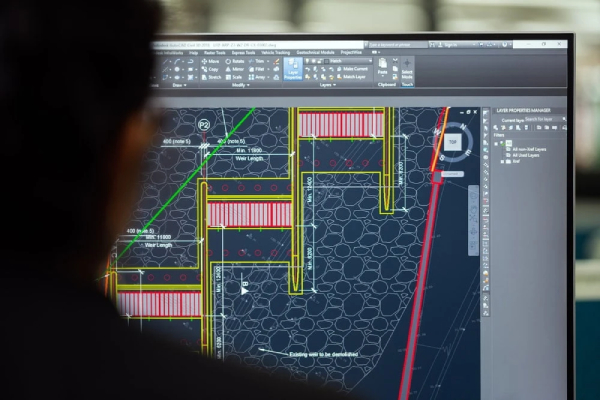
Structural and Mechanical Design (CAD)
Our mechanical engineers use CAD software to create precise 3D models of the custom touch screen module. For our payment terminal example, this means designing a bezel that ensures a tight, waterproof seal.
Electronic and FPC (Flexible Printed Circuit) Design
Our electronic engineers design the circuitry for your display. This includes selecting the right driver IC and designing the FPC for optimal performance. This is a core part of our custom design expertise for any capacitive touch panel.
Material Selection and Supply Chain Confirmation
We recommend the best materials, like optically bonded glass for sunlight readability. We then confirm component availability and lead times with our supply chain partners. This ensures a smooth transition to mass production.
Phase 3: Prototyping & Validation – Bringing Your Touch Module to Life
This is the exciting phase where your design becomes a physical product. The prototyping stage is crucial for testing, validating, and perfecting the design before committing to large-scale production.
Rapid Prototyping and Sample Production
We create a small batch of functional prototypes. This allows you to hold your Custom Touch Screen Module in your hands, test its integration into the housing, and experience its performance firsthand.
Design Verification Testing (DVT)
These prototypes undergo a rigorous series of tests (DVT). We verify every performance aspect against the specifications, from waterproof tests to performance under extreme temperatures. This is a key step in our touch screen testing protocol.
Client Feedback and Revision Cycles
We deliver the prototypes to you for evaluation. Your feedback is invaluable. If adjustments are needed, we enter a revision cycle to refine the design until it is absolutely perfect.
Phase 4: Mass Production & Quality Control – Scaling Your OEM Touch Screen
With an approved prototype, we move to the final phase: mass production. Our robust manufacturing capabilities and strict quality control processes ensure every OEM touch screen produced is identical to the perfected sample.

Production Tooling and Assembly Line Setup
We create the necessary tooling and molds for mass production. Our assembly lines are then configured specifically for your product to maximize efficiency and consistency.
Our Comprehensive Quality Control Process in Action
Our multi-stage quality control system (IQC, IPQC, OQC) is fully engaged during mass production. Every unit is inspected and tested to guarantee it meets our shared quality standards.
Logistics Planning and Delivery Schedule
We work with you to establish a delivery schedule that meets your production needs. Our logistics team handles global shipping to ensure your products arrive safely and on time.
Your Trusted Partner in Custom Display Manufacturing
Navigating the journey from idea to finished product requires a partner you can trust. Our transparent, four-phase NPI process provides clarity, minimizes risk, and ensures your vision is realized to the highest standard. As your dedicated custom display manufacturer, we are committed to being your blueprint for success.
Frequently Asked Questions (FAQ)
1. What is the typical timeline for the entire NPI process? The timeline for a NPI process varies based on complexity. It can range from a few weeks for simple modifications to several months for a new design from scratch. We provide a detailed project timeline after our initial feasibility study.
2. What information do I need to provide to start a custom touch screen project? Key information includes desired screen size, resolution, brightness, interface type, and application environment (e.g., indoor/outdoor, industrial). Providing as much detail as possible helps us give you an accurate and fast evaluation. Submit your initial requirements here for a free assessment.
3. Is there a Minimum Order Quantity (MOQ) for an OEM touch screen order? Yes, a fully custom OEM touch screen order typically has an MOQ due to tooling and setup costs. The exact quantity depends on project complexity. We are committed to finding a viable solution and welcome you to discuss your project volume with our team.
4. What industries do you serve with your custom display solutions? We provide Custom Touch Screen Modules for a wide range of demanding industries. Our key sectors include Medical (patient monitors, diagnostic devices), Industrial Control (HMIs, automation panels), Automotive (infotainment, dashboards), Education (interactive whiteboards), and various Self-Service Terminals (financial, retail).
5. Can I brand the product with my own company logo? Absolutely. This is a core component of our OEM and ODM services. The final product can be fully branded with your logo, custom startup screens, and unique packaging to align perfectly with your brand identity.
6. Do you offer certifications like CE, FCC, or ISO for your products? Yes. Our manufacturing facilities are ISO 9001 certified. We work with you to ensure your final product meets specific international standards and obtains necessary certifications like CE (for Europe) and FCC (for the US) based on your target market's requirements.


